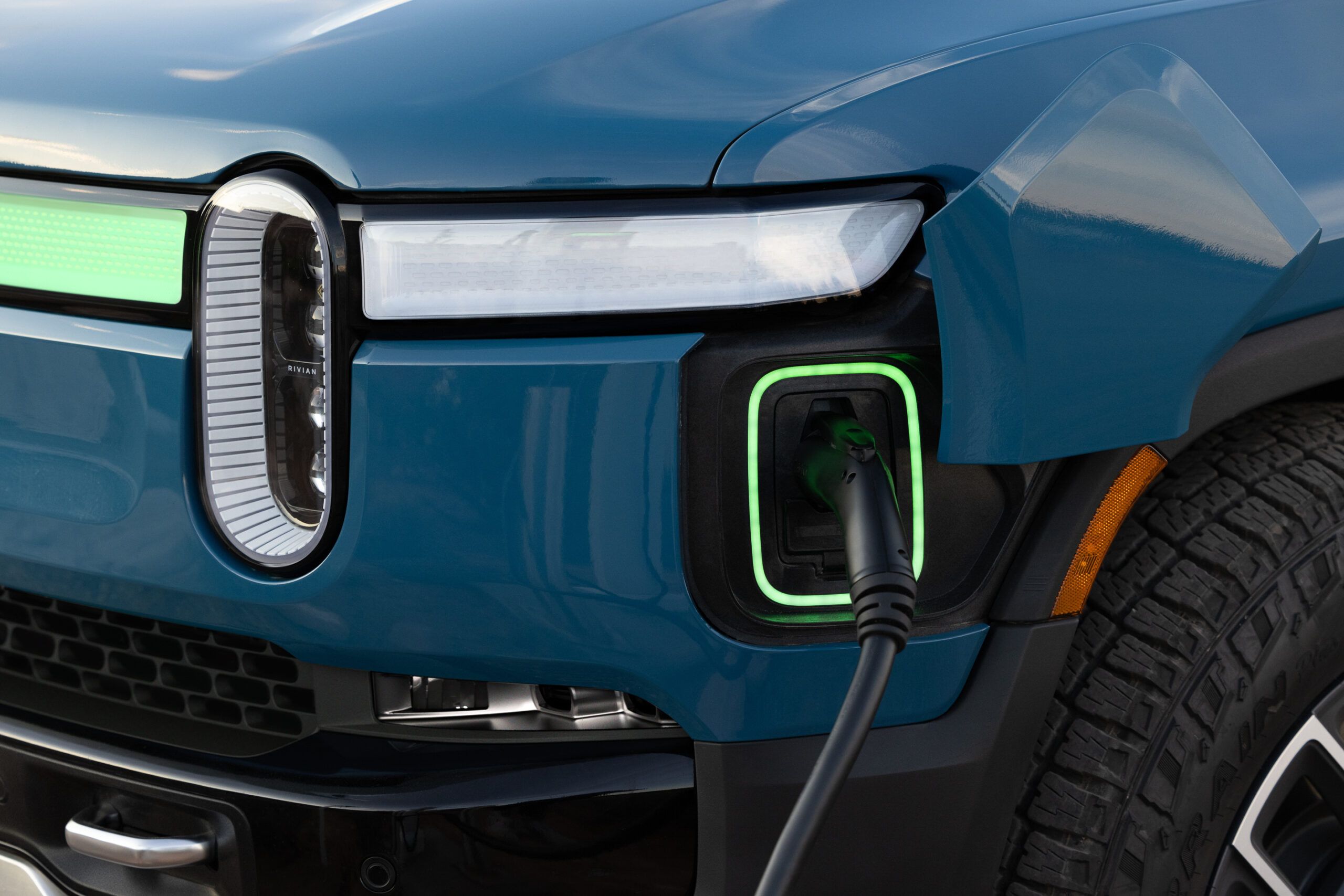As the electric vehicle (EV) market continues to evolve, the conversation surrounding charging standards becomes increasingly pertinent. One of the most significant shifts has come from Rivian, the adventurous automaker known for its rugged electric trucks and SUVs. Rivian announced plans to adopt Tesla’s North American Charging Standard (NACS) by 2025, prompting critical questions from current and potential owners alike. Among the most prominent inquiries is whether Rivian will allow retrofit options for vehicles already on the road to utilize the new NACS system. This article delves into the implications of Rivian’s charging strategy, the technical aspects of retrofitting, and what this means for the broader EV landscape.
To understand the significance of Rivian’s move toward NACS, we must first consider the landscape of electric vehicle charging standards. Currently, two primary charging protocols dominate the market: the Combined Charging System (CCS) and NACS. The latter, developed by Tesla, has gained widespread acceptance largely due to the expansive Supercharger network that supports it. Rivian’s alignment with this standard signals a bold decision to streamline and simplify the charging experience for its users while offering them access to Tesla’s extensive infrastructure.
The question of retrofitting Rivian vehicles to support NACS is multi-faceted. First, we must examine the mechanical and electronic compatibility of current Rivian models with the NACS. Charge ports in electric vehicles are intricate systems that involve more than just a plug and a socket. They entail a series of electronic communications and power delivery mechanisms tailored to a specific charging standard.
Rivian owners, particularly those who invested in their vehicles early on, may wonder if they will be left behind as the company adopts this new standard. In an ideal scenario, Rivian could offer a retrofitting service that involves replacing the charge port to facilitate the NACS connection. This could entail not only physical modifications but also updates to vehicle software to ensure seamless integration with the new charging technology.
However, the feasibility of such retrofitting hinges on various considerations. First, there are the cost implications. Implementing a retrofit program would require substantial investment from Rivian, both in terms of research and development and in service infrastructure. Owners would be keen to understand the financial ramifications of such upgrades. Would the cost of retrofitting be reasonable, or would it render the process prohibitive? The pricing structure could impact consumer sentiment and overall adoption rates.
Another vital aspect encompasses safety and regulatory measures. Any modifications to high-voltage systems demand rigorous safety assessments. Rivian must ensure that any retrofit kits meet all industry standards and regulatory requirements to protect users. This leads to the question of liability. If the retrofit process were to compromise vehicle safety or performance in any way, who would be responsible? Rivian would need to navigate these complexities carefully to safeguard its brand reputation and customer trust.
The convenience of adopting the NACS standard extends beyond the immediate benefits for Rivian owners. A unified charging standard allows for decreased range anxiety and more accessible charging options. Rivian’s decision to embrace NACS underscores its commitment to delivering a robust electrifying experience for its customers, particularly given the growing trend of multi-brand EV ownership.
Certainly, NACS is not without its challenges. As more players enter the EV market, the competition for charging infrastructure will heat up. Rivian must position itself strategically among these competitors to ensure its owners have easy access to charging. The adoption of NACS could cement Rivian’s reputation as a progressive brand willing to prioritize user needs over proprietary concerns.
Moreover, the broader implications of Rivian’s decision can reshape consumer expectations. If Rivian allows retrofitting, it could set a precedent for future EV manufacturers. The emphasis on adaptability and customer support could encourage more automakers to embrace retrofit technologies. In doing so, automakers can help create a more cohesive charging ecosystem across various brands, enhancing the appeal of electric vehicles worldwide.
Consumer education will play a critical role in realizing these benefits. Rivian needs to communicate effectively about their charging strategy, retrofit options, and the implications for current owners. Transparent dialogue can alleviate concerns about obsolescence and give Rivian enthusiasts peace of mind knowing their investment can adapt to forthcoming technologies.
In conclusion, Rivian’s impending shift to the NACS standard by 2025 brings forth intriguing possibilities for retrofitting existing vehicles. With the right approach, Rivian has the potential to revolutionize not just its brand but also the future landscape of electric vehicle charging within the industry. The nuances of retrofitting vehicles while maintaining safety, cost-effectiveness, and user satisfaction will be crucial. Ultimately, as Rivian charts this new course, it carries the hopes of its dedicated customer base, eager to embrace a future defined by seamless and accessible electrification.
